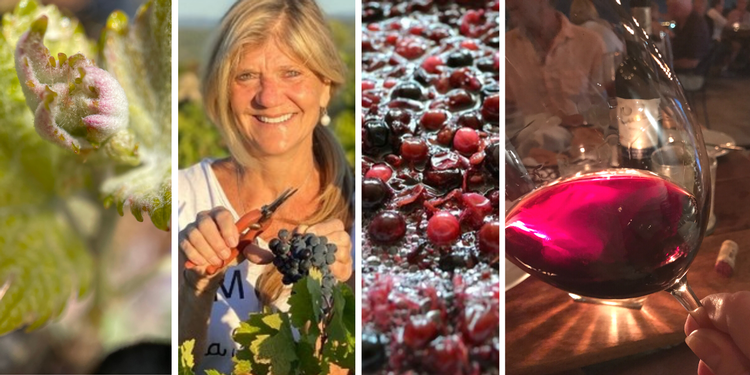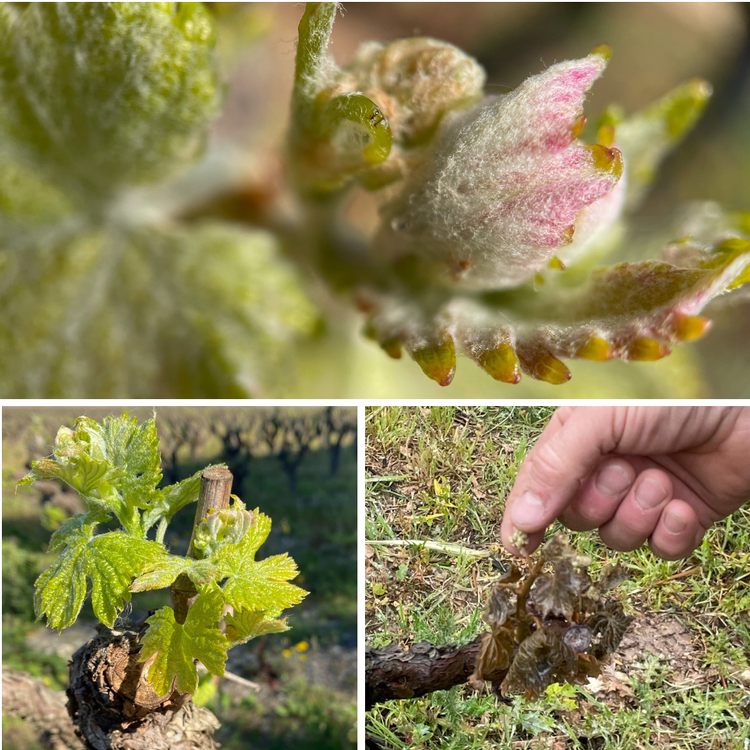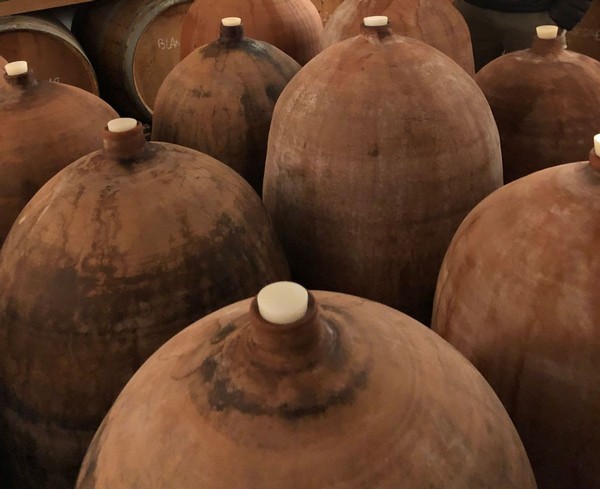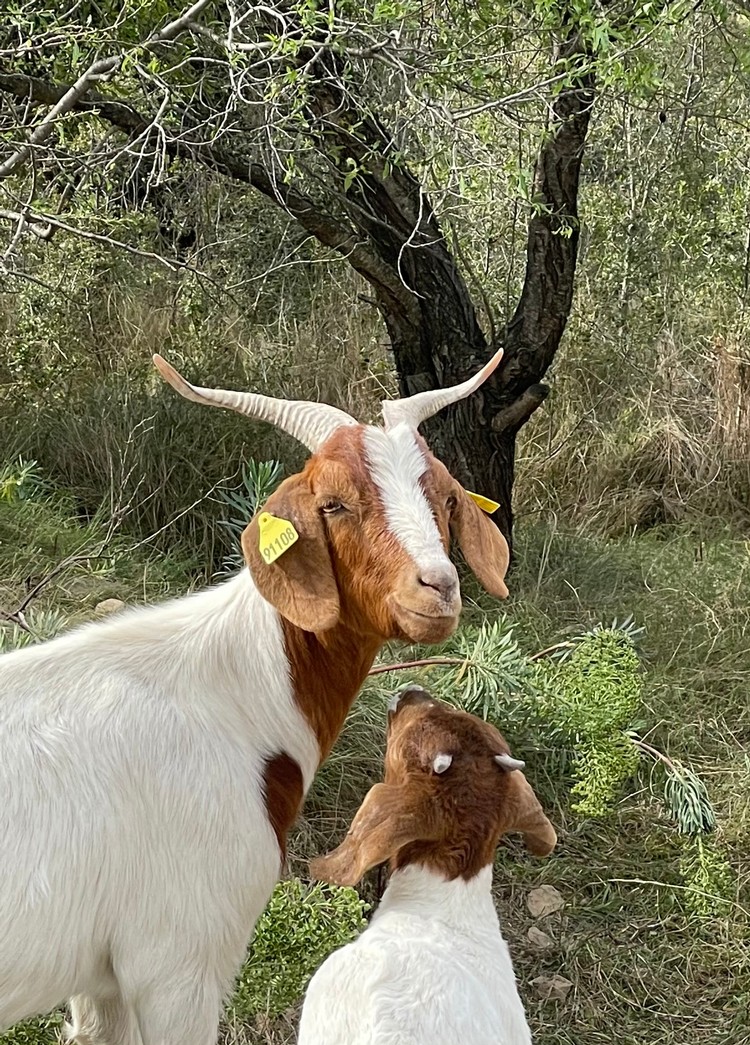BLOG
Root-to-Sip: The Gifts (and Perils) of Small Farm Winemaking

If you belong to our wine club, or have enjoyed any of our wines, you’ve experienced something remarkable and rare — authentic, Root-to-Sip winemaking.
What does Root-to-Sip mean?
True Root-to-Sip winemaking is an intimate, high-touch process typically practiced by small family farms. Every aspect of the winemaking is carried out by the same hands: from pruning three times a year, to harvesting and destemming, to fermentation. Often these winemakers practice organic viticulture and use no chemicals or added yeast. Principles of sustainabilty and Earth stewardship guide the relationship to the land, plants, and animals.
In our experience, these wines express the most colorful and distinctive personalities. They also impart a strong sense of “terroir” or place, a quality impossible to cultivate in corporate monoculture vineyards flung over many miles.
Root-to-Sip winemaking is not for the faint of heart. Small family farmers are vulnerable to Mother Nature and erratic weather. This year's Spring bud break in our region of the Languedoc was interrupted by a late frost that killed off newly emerged buds.

Top: Healthy bud that will flower before developing into grapes. Lower left: Signs of the spring “bud break” before last week’s frost. Lower Right: Bud growth, dead on the vine, after last week’s frost.
Mildew is another danger, particularly for farmers who refrain from the use of chemicals. Last summer, a mildew blight sickened the grapes, causing catastrophic grape loss.
Unlike corporate operations, most family farms can’t compensate for major losses in one vineyard with a healthy harvest at another location. So the very thing that creates the magic in the wines we sell — Root-to-Sip, small family farming — means these domaines face existential risks every year.

Root-to-Sip winemakers often employ creative methods, such as aging in clay amphora — an ancient shape used by the Romans for both aging and storage.
We are honored to support the “small is beautiful” farms and winemakers of the Languedoc-Roussillon as they struggle against challenging weather conditions. For over 2,000 years this farming culture has existed in the Languedoc. Our hope is for the tradition to endure another 2,000!
We’re also honored (and delighted) to be your “boots in the vines,” discovering the very best wines the region has to offer. When you purchase one of our wines, you can trust it has our "Root-to-Sip" stamp of approval. We personally visit every one of our winemakers, tasting wines, touring vineyards and winemaking facilities and, most importantly, building community —and spotting the occasional goat!

Springtime in the Languedoc means baby goat sightings!
We're thrilled that our new tasting room opens April 22nd in Seattle, WA! Email us if you'd like a socially distanced tasting: info@theprincessandthebear.com